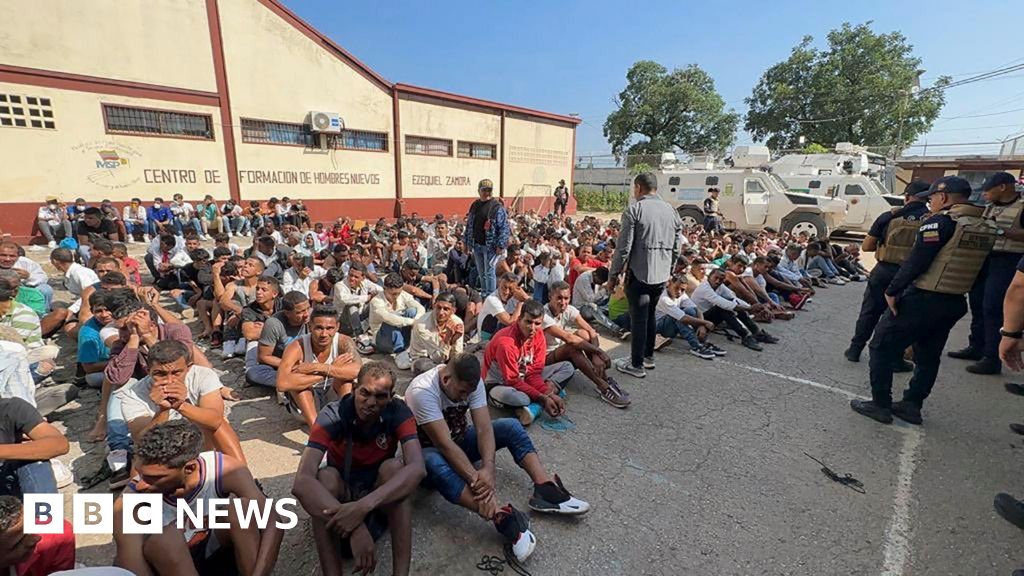
President Donald Trump walks from Marine One after arriving on the South Lawn of the White House, Tuesday, Sept. 30, 2025, in Washington. Photo by: Alex Brandon / AP
Friday, Oct. 3, 2025 | 2 a.m.
Editor’s note: “Behind the News” is the product of Sun staff assisted by the Sun’s AI lab, which includes a variety of tools such as Anthropic’s Claude, Perplexity AI, Google Gemini and ChatGPT.
President Donald Trump on Monday pledged a 100% tariff on foreign-made movies, saying the film business had been “stolen” from the country.
The move would create significant disruption across the U.S. film industry, even as key details about implementation remain unclear.[1][2][3]
Rising prices for movie tickets
The policy could dramatically increase costs for bringing foreign-produced movies into the U.S. market, possibly making many such films unprofitable for distributors.[1][2][4] Hollywood studios often shoot films or complete postproduction work overseas to take advantage of tax incentives and lower costs — the tariff could penalize these productions, exacerbating budget pressures and potentially increasing ticket prices for audiences.[1][5]
Smaller independent films and international art cinema may be the hardest hit, as higher costs could force distributors to limit imports or raise prices, reducing consumer choice.[4]
Logistical challenges
Significant ambiguity surrounds how the tariff would be calculated — whether based on box office revenue, production costs or another metric — as well as where it would be applied in the distribution chain (on producers, distributors or exhibitors).[1][5] The digital nature of film distribution complicates enforcement, with questions about how streaming-only releases or partial foreign production would be treated.[2][5]
Hollywood insiders also question whether a movie — considered a “service” rather than a “good” — can be practically tariffed according to existing U.S. trade law.[5][6]
Impact on US studios
Since many American movies are at least partly filmed or postproduced abroad for cost savings or artistic reasons, a broad tariff could sharply increase production expenses.[1][5] Uncertainty about how much must be produced domestically for a film to avoid tariffs complicates budgeting and preproduction decisions.[1][17] A tariff calculated on box office sales or total production costs could render many films unprofitable, especially tentpole movies with substantial international components.[1][16]
U.S. studios could be forced to reverse decades of globalization enabled by foreign tax credits and incentives.[5][18] Established partnerships with overseas studios, crews and infrastructure would be disrupted, with ripple effects on local economies abroad and a potential chilling effect on international co-productions.[19]
Studio distribution decisions
Distributors could choose to skip U.S. releases for less commercially promising or marginal films rather than absorb massive losses or attempt to pass costs onto consumers.[16] Major tentpole franchises might still risk limited releases with higher ticket prices, but smaller-budget and independent projects would be at greater risk of exclusion from the U.S. market.[1]
Will it bring production home?
The tariff aims to incentivize studios to do more filming domestically. Trump has argued that foreign countries are luring film production away from the U.S. with tax incentives, particularly from states like California that have lost filming jobs to overseas locations.[1]
However, the practical effect may be limited.[2][3][12] Many U.S. studios film partially overseas because of significant cost advantages. Even with tariffs, fully relocating production to the U.S. could sharply raise expenses. Studios may attempt to adjust budgets or shoot some parts domestically while risking the tariff on foreign portions.[5]
Why studios film abroad
Several key production expenses drive the decision to film internationally:[32][33][34][35]
- Labor and crew costs represent the largest factor, typically accounting for 30-40% of a film’s budget.[32][33] Crew member rates, union rules, overtime pay and lodging costs tend to be significantly higher in major U.S. hubs like Los Angeles, compared with many international locations. The “Thirty Mile Zone” rule in LA can escalate costs once shoots move outside this area due to additional transportation and overtime expenses.[32]
- Tax incentives and rebates from foreign governments dramatically reduce net production costs.[34][35] Canada offers up to 70% tax credits in some provinces, while countries like Malta, Belgium and Portugal provide substantial rebates on qualified expenses — often 40% or more.[34][35]
- Permit and location fees in the U.S., especially in major cities like Los Angeles, involve complex and expensive processes compared with many international locations that offer lower fees.[32]
- Exchange rates in some countries reduce the effective costs of local wages, services and goods, benefiting studios filming abroad.[32]
Together, these factors mean international filming often offers significant cost savings, making it attractive despite logistical and creative challenges.[32][33][34][35]
Digital and streaming uncertainty
With the rise of digital delivery via streaming, how the tariff would apply to films released only online remains an open question, creating further uncertainty about whether studios would reduce or reroute distribution methods for the U.S.[23]
.png)








 English (US) ·
English (US) ·